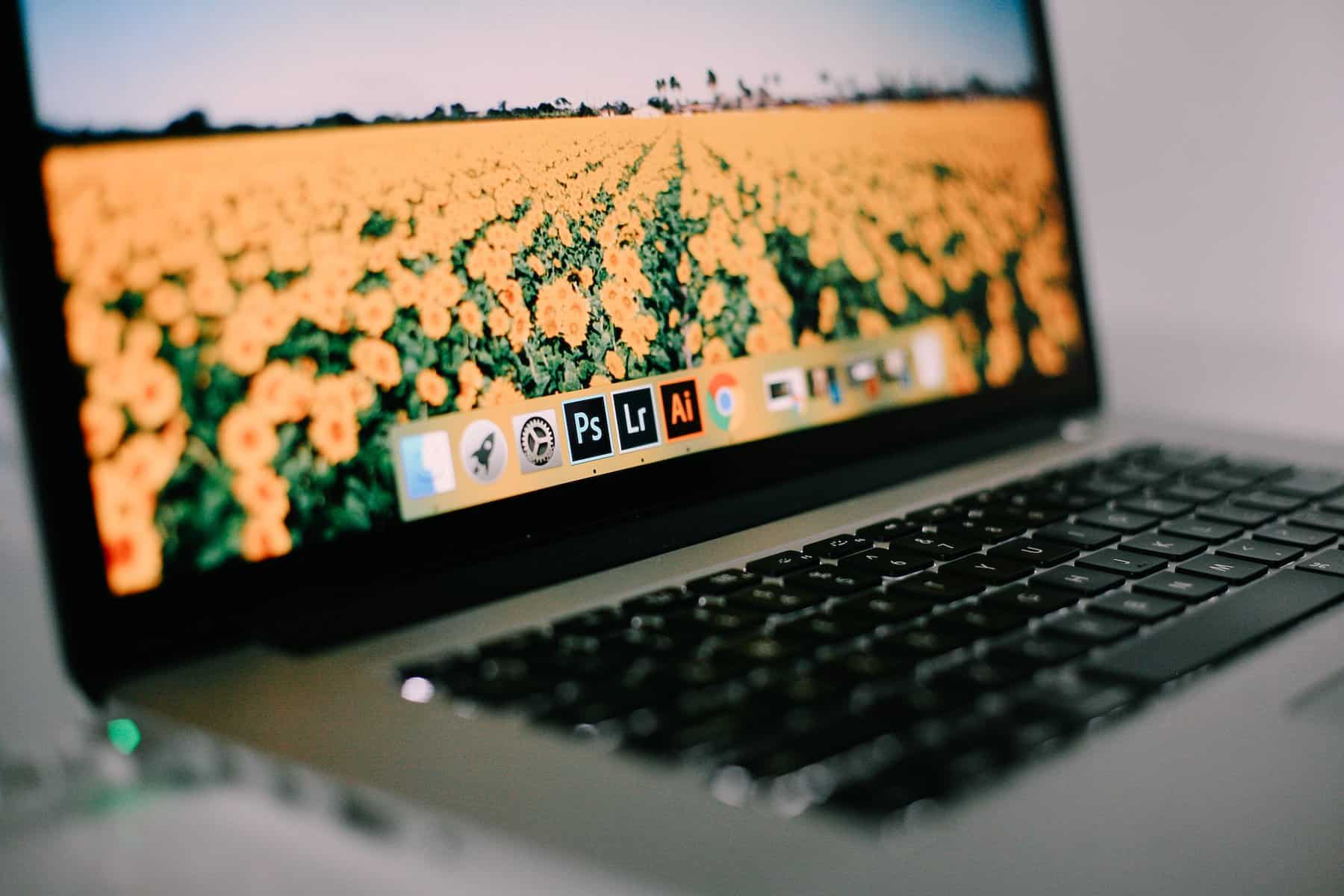
As an Amazon Associate we earn from qualifying purchases.
Whether you are a professional or a beginner real estate photographer, there are higher chances that you will need photo editing software to enhance the appearance of your images. The following GIMP vs Lightroom guide will help you know which application meets your work expectations.
Quick Navigation
GIMP and Lightroom are flexible photo manipulation programs that you can use to edit images in varying operating systems, such as Windows and MacOS. The two applications can allow you to use more advanced features such as selective masking and cloning.

GIMP photo editor is an abbreviation of GNU Image Manipulation Program, a photo editing software that Peter Mattis and Spencer Kimball developed in the year 1995.
It is a cross-platform, open-source tool in which the source code is publicly accessible. This means you can view and modify it to best suit your needs. You can use this software for basic photo editing tasks such as retouching.
Adobe Lightroom editor is a creative cloud-based photo manipulation software that allows professional real estate photographers to edit, organize and store a large collection of images. Lightroom makes non-destructive adjustments to your photos, allowing you to go back to the original file if need be.
Although you require a license and an Adobe account to use Lightroom, it is compatible with a wide range of operating systems and devices such as iOS, MacOS, Windows, tvOS, and Android.
Although the two programs have advanced features and tools that you can use to edit images, understanding the similarities and differences between the two will help you know which editing software best suits your needs.
Even though the two applications are developed and owned by different companies, they share the following similarities that make them excel in editing images.
Although the two applications can run on Windows and MacOS, they have the following flexibility to edit RAW files, usability, and general user interface differences.

A raw file, also known as the digital negative, is the unprocessed and uncompressed image data captured by your camera sensor. Although you can use both programs to edit Raw files, GIMP requires the help of a third-party plugin.
Third-party plugins are applications or additional codes that you can download and install in your web browser to provide you with some additional functionality. GIMP uses these plugins to first convert the files to a format it can read, such as JPEG or TIFF.
On the other hand, Lightroom can edit RAW files without the help of third-party plugins. You only need to import the RAW file to Lightroom, and the application will load and open it ready for editing and processing.
Before choosing any photo-editing software, it is advisable to find out the platforms and devices the software can support. Lightroom is a versatile application that you can run on a Mac, Windows PC, and mobile devices such as iPad, iPhone, Chromebook, and Android devices.
That means if you are an expert real estate photographer, you can easily transfer your images from your desktop to your mobile device and continue with the edits from where you left them on your computer.
On the other hand, GIMP only supports Macs, Windows, and Linux. That means you can only use your mobile device as storage and not as a platform for editing photos.
The user interface facilitates effective interaction between you and the program. A complex user interface makes using the photo editing application difficult, especially if you are a novice photo editor. Lightroom's user interface is a bit challenging for beginners, from importing photos to editing.
For instance, you cannot open an image directly in Lightroom. Instead, you need to first import the image to Lightroom using the Library module before editing. When editing the photo, you will need to use seven tabs to organize your working procedure and then edit the image with the help of the Develop and Library module.
On the other hand, GIMP's user interface is flexible and straightforward as it provides you with three editing features which include the toolbox, layer option, and the image window. Usually, you will use these three features, from opening the image to editing it.
The major distinguishing factor between GIMP and Lightroom is pricing. Although you can begin with a seven-day trial period version of Lightroom if you are using a Windows operating system, Lightroom is a paid software that requires annual or monthly subscriptions.
Once the trial period elapses, it automatically converts to a paid Creative Cloud membership plan for around $9.99 monthly or $119.88 annually.
If you have not subscribed to the Lightroom desktop version, you can use the free Lightroom mobile version, which goes for about $ 5 per month to use features such as selective masking and geometry. On the other hand, GIMP is completely free to use.
GIMP is ideal for beginner photographers working on a tight budget, as it is free and open source. Since it has the layers feature like Adobe Photoshop, it is suitable for use if you want to make edits on an image and then view the edits individually.
Lightroom is the ideal photo application if you want to export images from your computer to your mobile device so that you can edit them on the go. It is the best choice for expert photographers who want to edit large collections of photos, as you can batch edit, manage and organize in a library-like catalog.

Due to Lightroom's advanced features and wider compatibility, it is the best option for expert photographers who want to edit and share a large collection of images. Depending on your chosen plan, you can get other advanced image editing programs, such as Photoshop, under the same package.
No, Lightroom is not compatible with Linux since it is part of Adobe Creative Cloud, and Adobe does not develop software versions for Linux OS. This is because Adobe believes that Linux has a small number of people that use it, and the platform has poor optimization.
GIMP does not provide cloud storage since it is open-source software that allows anyone to modify the source code and distribute it with its original rights. Cloud storage is a computing model in which data is stored and transmitted on servers in off-site locations. The servers are responsible for hosting and managing the data.
Lightroom offers the best customer support since the Adobe website features an FAQs section, support line, and guidebooks in PDF form. It also has forums where different developers and photographers give answers to common questions. GIMP, on the other hand, only offers tutorials and Docs.
GIMP and Lightroom are photo manipulation programs that allow professional and beginner real estate photographers to edit processed and RAW image files. The above GIMP vs Lightroom guide will help you choose an application that suits your skill level and workflow requirements.
